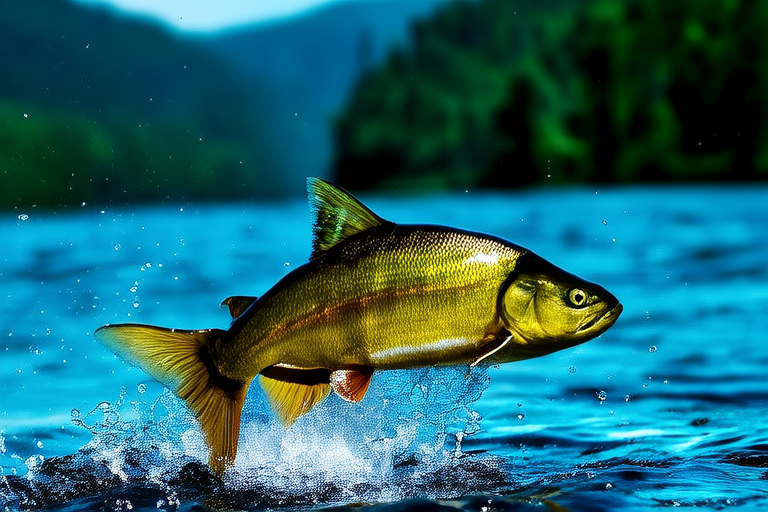From River to Tank: The Majestic Journey of Arowana
The arowana, a fish revered for its beauty and mystique, has captivated the hearts of aquarists and enthusiasts worldwide. This article delves into the fascinating journey of the arowana, exploring its natural habitat, behavior, and cultural significance. We will examine the challenges and considerations involved in transitioning these magnificent creatures from their wild river environments to aquarium settings, while emphasizing their unique physical attributes and mythological importance.
Natural Habitat and Behavior
Arowanas are native to tropical regions of South America, Africa, and parts of Asia. They thrive in freshwater rivers, lakes, and swamps characterized by dense vegetation and abundant prey. These habitats provide them with cover from predators and ample space for hunting. Arowanas are known for their predatory instincts, primarily feeding on smaller fish, insects, and crustaceans. Their elongated bodies and powerful jaws make them formidable hunters.
One of the most remarkable behaviors of arowanas is their ability to leap out of the water to catch prey. This impressive feat is facilitated by their strong pectoral fins, which act as stabilizers during these aerial excursions. Their metallic scales, often shimmering in shades of green, red, or gold, not only enhance their visual appeal but also serve as effective armor against potential threats. These scales are so durable that they have earned the arowana the nickname ‘Dragon Fish.’
Cultural Significance
In many Asian cultures, the arowana is considered a symbol of good fortune and prosperity. Its association with wealth can be traced back to ancient Chinese mythology, where it was believed to bring financial success and protection against evil spirits. In Malaysia, arowanas are often kept in homes and businesses as talismans. The belief in the fish’s auspicious nature has led to its popularity among collectors and enthusiasts.
Despite their cultural significance, the arowana’s status as a living fossil adds another layer of intrigue. Fossils dating back millions of years reveal that these fish have remained largely unchanged over time, making them valuable subjects for paleontologists and evolutionary biologists. Their resilience and adaptability have allowed them to survive through various environmental changes, further cementing their place in history.
Transition to Aquariums
While arowanas are highly sought after for their aesthetic value, transitioning them from their natural habitats to aquariums presents several challenges. One major consideration is the size of the tank required to accommodate these large fish. Adult arowanas can grow up to three feet long, necessitating spacious tanks with adequate filtration systems and water circulation.
Water quality is paramount when keeping arowanas in captivity. They require clean, well-oxygenated water with stable pH levels. Regular monitoring of water parameters ensures the health and longevity of these sensitive fish. Additionally, providing hiding spots and structured environments mimicking their natural surroundings helps reduce stress and promotes natural behavior.
Feeding arowanas in aquariums requires careful attention. While they are carnivorous, their diet should consist of high-quality pellets, live or frozen foods such as shrimp and worms. It is essential to avoid overfeeding, as excess food can degrade water quality and lead to health issues.
Conservation and Ethical Ownership
The increasing demand for arowanas has raised concerns about their conservation status. Overfishing and habitat destruction pose significant threats to wild populations. To address these challenges, responsible breeding programs have been established to ensure sustainable practices. These programs focus on maintaining genetic diversity and promoting healthy reproduction rates.
For those interested in owning arowanas, ethical considerations are crucial. Purchasing fish from reputable breeders who adhere to sustainable practices supports conservation efforts. It is also important to research local regulations regarding the importation and ownership of exotic species. Many countries have strict laws governing the trade of arowanas due to their endangered status.
Conclusion
The journey of the arowana from river to tank is a testament to the enduring fascination humans hold for these majestic creatures. From their natural habitats teeming with life to carefully curated aquariums, arowanas continue to inspire awe and admiration. By understanding their unique characteristics, cultural significance, and conservation needs, we can ensure the continued survival of these living fossils for generations to come.
